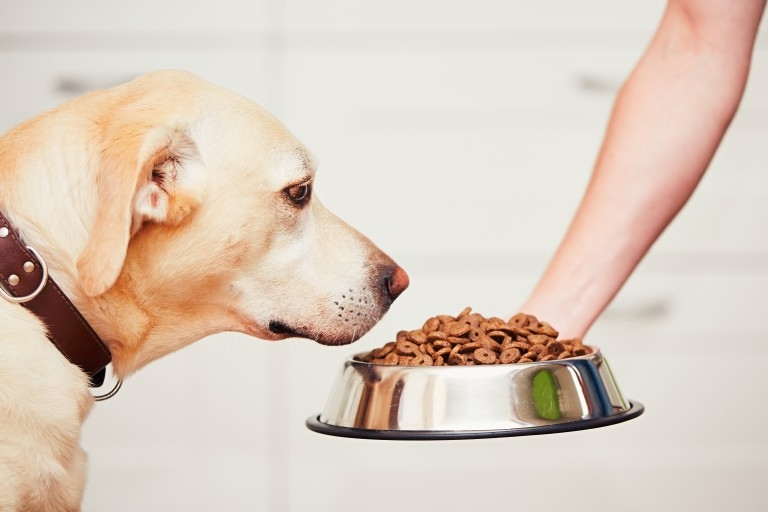
Pet obesity is still a growing concern across the UK. The 2023 PDSA Paw report found that, on average, veterinary professionals estimate that 46% of dogs are overweight or obese. Other estimates suggest that 50% of dogs and 43% of cats in the UK are overweight or obese (UK Pet Food, 2022). Despite this, the PDSA have consistently found that the majority of pet owners perceive their pet to be an ideal weight.
This disparity between the perceptions of pet owners and vets indicates there is still some work to be done in raising awareness of a healthy body shape in cats and dogs.
Just like us, weight gain is often a gradual process for pets, so it’s not always easy to spot. However, by familiarising yourself with what an ideal body weight looks like in a cat or dog, you can more easily monitor your pet’s weight.
Body condition charts show the differences between underweight and overweight animals. To help you assess your pet’s condition, take a look at the charts from leading brand Royal Canin here or for a quick check, see our guides below.
How To Feel If Your Pet Is Overweight
Regularly palpating (or feeling) parts of your pet’s body can give you a better idea of what their body condition is, compared to simply looking at your pet. On a regular basis, feel around your pet’s middle when they’re standing up. It should be easy to feel their ribs and spine. You should also be able to feel a slight waist tuck. If you can’t find a tucked in shape and their middle is more tubular in shape, then your pet may be overweight.
Now let’s go into more specific details about what to look out for in cats and dogs.
Is My Cat Overweight?

The above chart gives an overview of how a cat’s body may look from the side and from overhead, depending on whether they are underweight, the ideal weight, or overweight.
Look at the following areas of the body to help identify if your cat is overweight.
Ribs
If your cat is a healthy weight, you should be able to feel your cat’s ribs easily.
Waist
Overweight cats have no obvious waist, and their belly may even bulge out from behind their ribs.
Belly
If your cat’s belly is rounded or sags down, they are probably overweight. The belly of a cat that is the ideal weight will be tucked up behind their ribs.
Backbone
You shouldn’t be able to see your cat’s backbone, but you should be able to feel it under a thin covering of fat. An overweight cat’s backbone may be covered with large fatty deposits and cannot be felt or seen.
Is My Dog Overweight?

Like cats, you should look for a defined waistline and make sure you can easily feel your dog’s ribs and spine. Dogs that are a healthy weight also should not have a sagging stomach. Other areas to monitor in dogs include:
Hips
Overweight dogs may have fat pads on the top of their hips.
Legs
Some obese dogs might develop excess fat on their legs, like sacks, that will wobble when they walk.
Excessive Panting
If your dog is overweight or obese, they might pant excessively.
Tiredness
Overweight or obese dogs may seem more lethargic, and display a reluctance to go for walks, or lag behind. They might also pant excessively, and struggle with things like getting into cars or jumping up onto the sofa.
How To Prevent Weight Gain In Cats And Dogs
If you believe that your pet is overweight, you should consult your vet as soon as possible to ensure that there are no medical reasons for the weight gain. Once this is ruled out, they will be able to offer you advice on how to gently reduce their weight.
Along with any advice from your vet, you can also:
Reduce Your Pet’s Calories
Once you’ve consulted your vet, they’re likely to recommend a lower calorie diet food to help get your pet’s weight down. Find more information on this below.
Increase Your Pet’s Exercise
The PDSA reported in 2019 that 44% of owners walk their dog for less than 30 minutes at a time and 13% of dogs are not walked every day. If you’ve noticed your dog gaining weight, simply extending your dog’s walk by an extra ten minutes or taking them out for another short walk during the day can help them burn fat. You could also consider trying a new activity such as agility training or flyball.
Give Treats With Care
Only give your pet treats designed for animals, and give them sparingly. You can also use lower calorie treats if you need to give a higher number, when training for example.
It’s important to understand that treats contribute to your pet’s daily calorie intake and will have an impact on their overall weight. Take this into account when giving your pet their main meals, adjusting their portion sizes accordingly. Avoid giving your pet leftovers from your meal too; our food tends to have more calories, so weight can quickly pile on if we give pets scraps off our plates.
Weigh Out Your Pet’s Food
Portion out your cat or dog’s food, either as directed by your vet if on a weight loss program, or as appropriate for your pet’s current weight. There will be directions on your cat or dog’s food packaging. Do not guess your pet’s portion sizes. Even a small amount of excess food on a daily basis can quickly have a negative effect on your pet’s weight.
Low Calorie Diets For Cats And Dogs
At Animed Direct, we offer a huge range of high quality dog food, cat food and treats from leading manufacturers in the market. This includes weight loss cat food and weight loss dog food.
Royal Canin‘s Veterinary Health Nutrition complete diets are intended to assist in the nutritional management of cats and dogs with weight issues.
Hill’s Science Plan offers plenty of great choices for those looking for diets for their cats and dogs that help keep them at a healthy weight.
You can also find restricted-calorie foods for dogs and cats as part of our Purina Pro Plan range.
Weight Loss Dog Food
Some examples of the best weight loss dog food include:
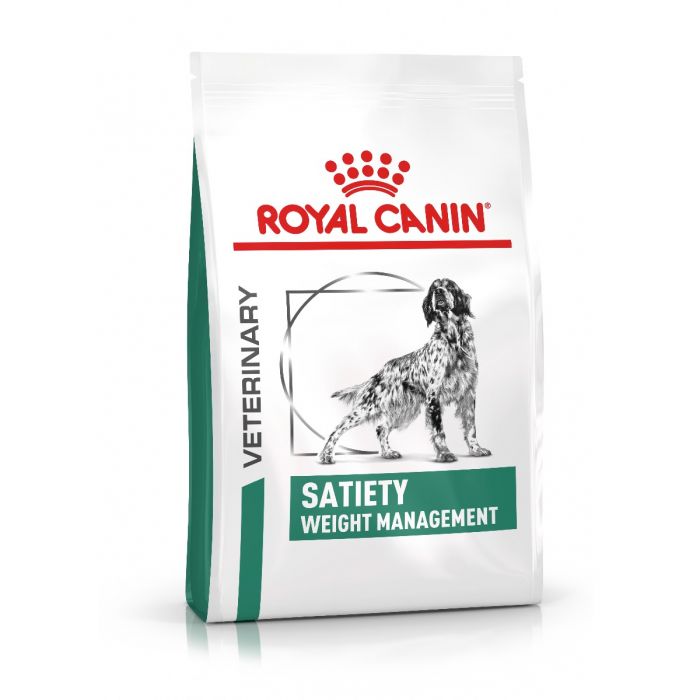
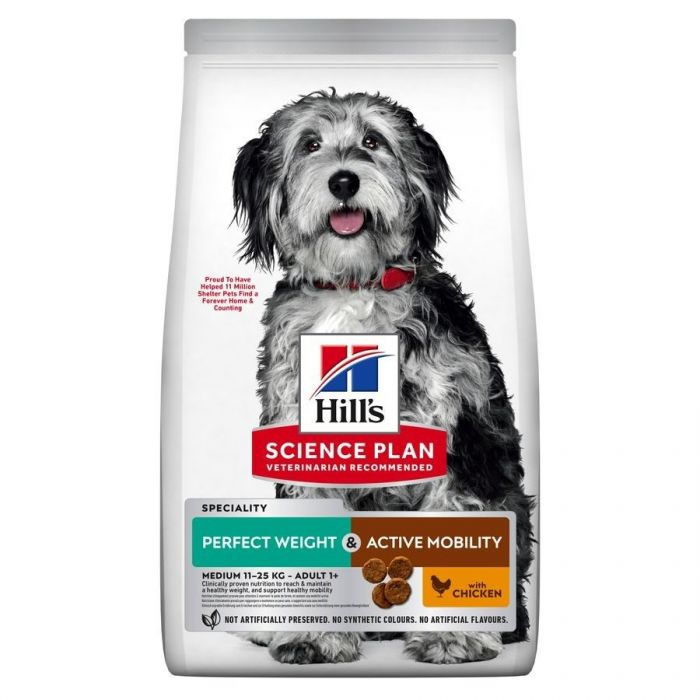


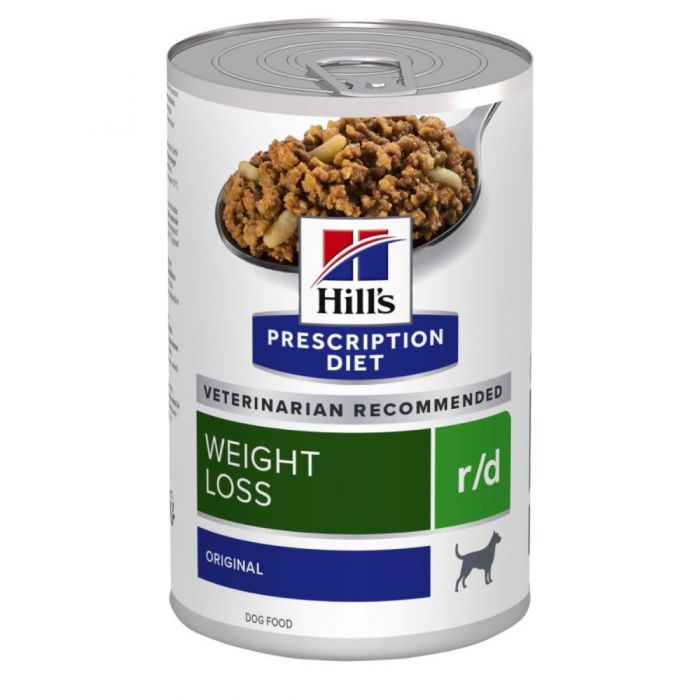
Weight Loss Cat Food
Some examples of weight loss cat food include:

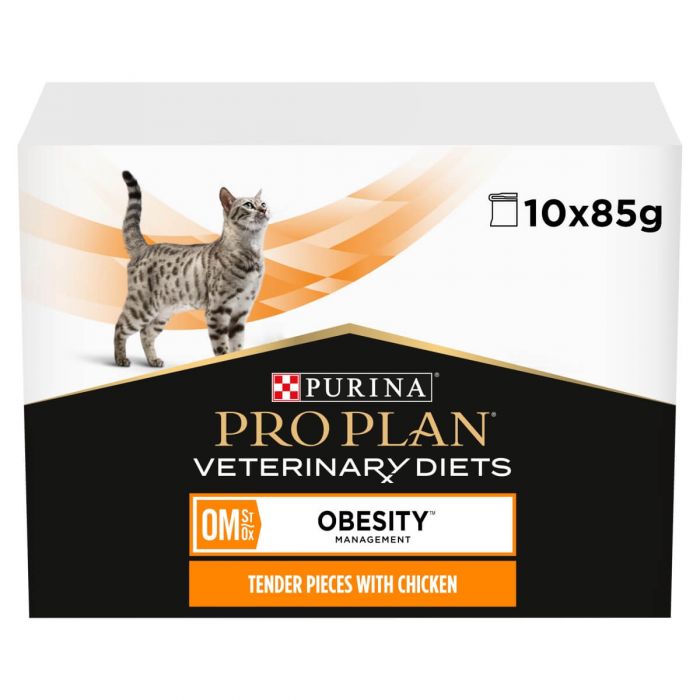



Tip: Always double check with your vet before starting your pet on a new diet; new diets can really help improve your pet’s life but it’s important to pick the right one!
Wrapping Up
Keeping track of your pet’s weight is really important. Overweight and obese cats and dogs are more at risk of health problems, and some research has even suggested that overweight dogs have a shorter life expectancy. We hope this blog will help you to be able to spot the signs of weight gain in dogs and cats, so that you can monitor it more easily. With your vet’s help and advice, you’ll be able to make small adjustments to your pet’s day-to-day activity and diet – for a happier and healthier pet!
This blog was checked by Karin Volker, MRCVS
